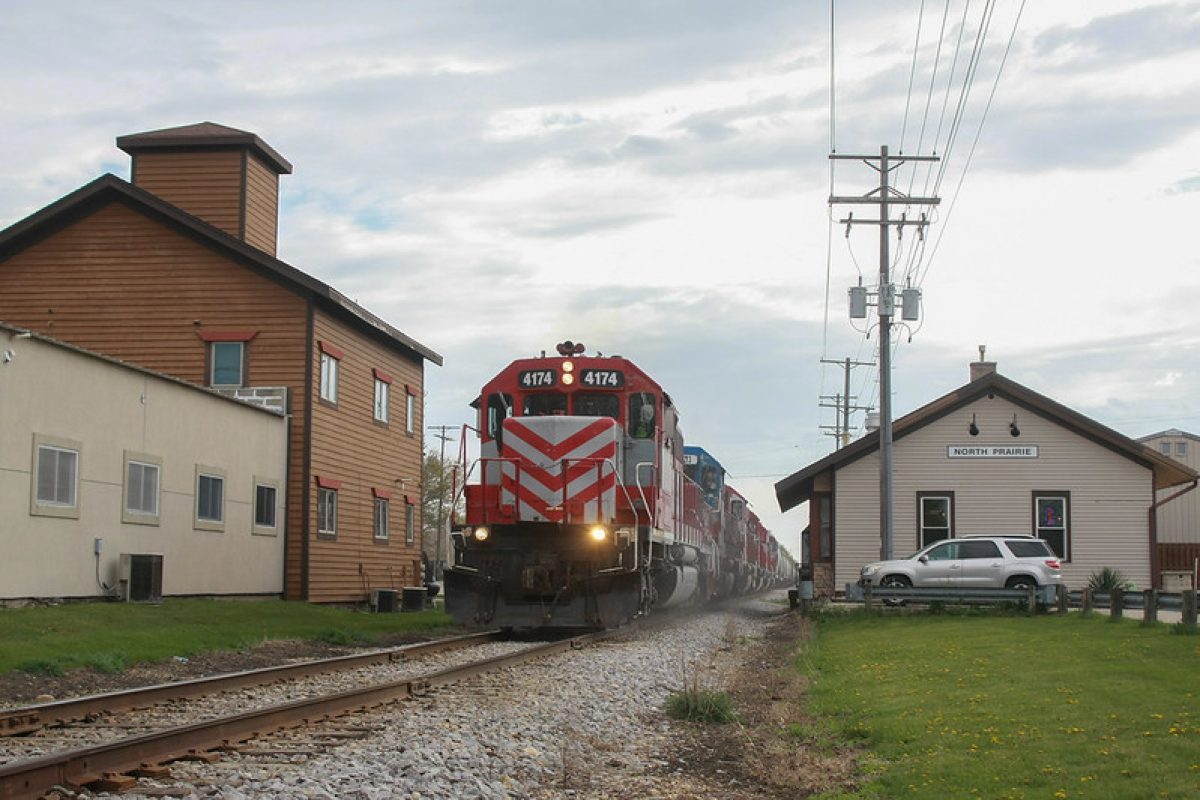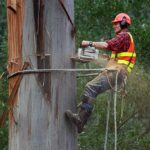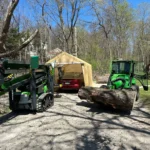The development of the American Midwest owes much to the railroads, which stitched together scattered towns and transformed isolated communities into bustling trade hubs. Among the rural gems shaped by this steel thread are Eagle and North Prairie, two villages in Waukesha County, Wisconsin. Though small in population, their stories are part of a broader railroad narrative that powered industrial growth, migration, and cultural exchange across the region.
A Steel Path Through the Kettle Moraine
The arrival of the railroad in the mid-to-late 19th century redefined Eagle and North Prairie. These towns, nestled near the Kettle Moraine landscape, were not initially positioned as economic centers. However, the Milwaukee & Mississippi Railroad, later known as the Milwaukee Road, changed that. The railroad’s expansion connected these quiet farming towns to larger markets, allowing local products like dairy, grain, and timber to be transported efficiently.
Eagle, located just south of North Prairie, was directly linked by a branch line of the Milwaukee Road. This made Eagle an important waypoint for shipping livestock and goods, and for welcoming new settlers who arrived by rail. The presence of the railroad station made Eagle more than a pass-through town—it became a local hub for commerce and travel.
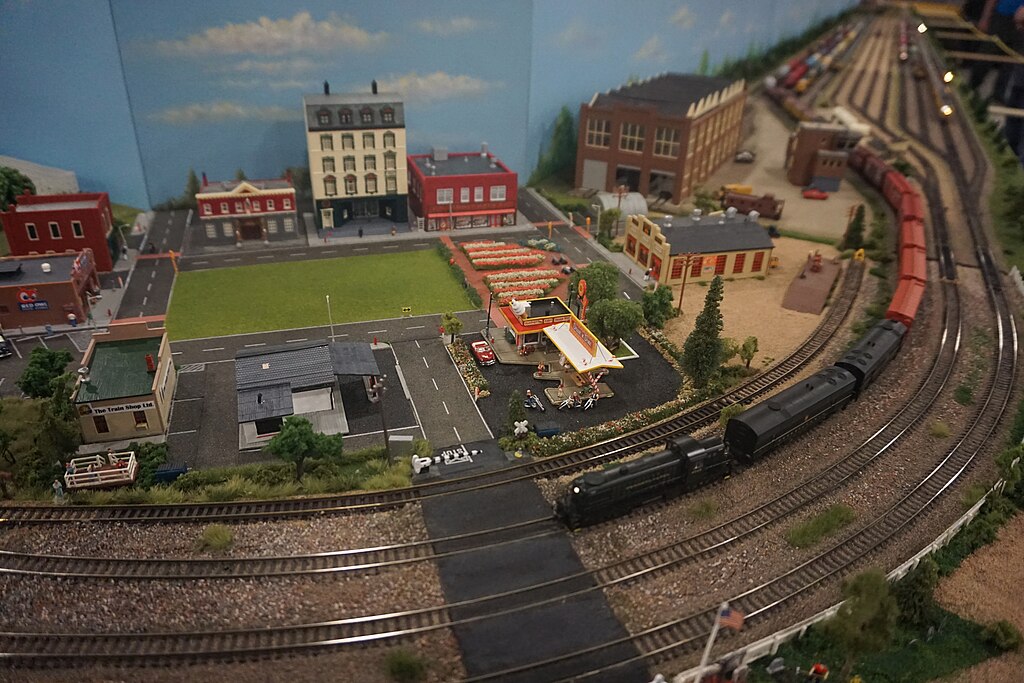
North Prairie: A Village Forged by the Rails
If Eagle was enhanced by the railroad, North Prairie was practically created by it. The Chicago, Milwaukee, and St. Paul Railway—often referred to as the Milwaukee Road—built a station there in the 1880s, around which the town began to form. Before that time, the area had only a few scattered farms and no real center. The station brought the village to life, drawing businesses, homes, and public institutions to its orbit.
As the village grew, it attracted industry. By the early 20th century, North Prairie boasted a canning factory, a feed mill, and several implement dealers. All depended on the railroad to move goods in and out. Local farmers could ship their milk and crops quickly, and supplies like coal, farm machinery, and manufactured goods came in by train. The convenience of rail transport reduced rural isolation and tied North Prairie to regional and national networks.
Community Life Along the Rails
In both Eagle and North Prairie, the railroad was more than a freight mover. It was a lifeline that brought news, visitors, and goods that were otherwise inaccessible. Passenger service enabled residents to travel to Milwaukee or Chicago for business, family visits, or cultural excursions. In an era before cars and paved highways were common, the train was a practical and symbolic connection to the wider world.
The stations themselves were centers of village life. Mail arrived by train. Children would gather to watch the locomotives pass. Businessmen timed their days around train schedules. As time went on, school trips, wedding parties, and visiting dignitaries all relied on the railroad for transportation.
These interactions shaped a sense of place for the residents. The trains became a part of the daily rhythm, and their whistles were a soundscape that blended with the seasons. The small-town identity of Eagle and North Prairie, though rooted in farming and kinship, was undeniably modernized by these regular ties to distant places. Today, the legacy of these rail lines lives on, with some depots and rail corridors recognized as a Waukesha landmark like the Waukesha County Courthouse—a testament to the railroad’s role in modernizing the small-town identity of Eagle and North Prairie.
Decline and Reuse
The golden age of the railroad would not last forever. As automobiles took over and highway systems expanded in the mid-20th century, both freight and passenger rail services in these towns declined. By the 1960s and 70s, many local lines were abandoned or decommissioned. The once-thriving stations in Eagle and North Prairie were shuttered, and tracks began to vanish from the landscape.
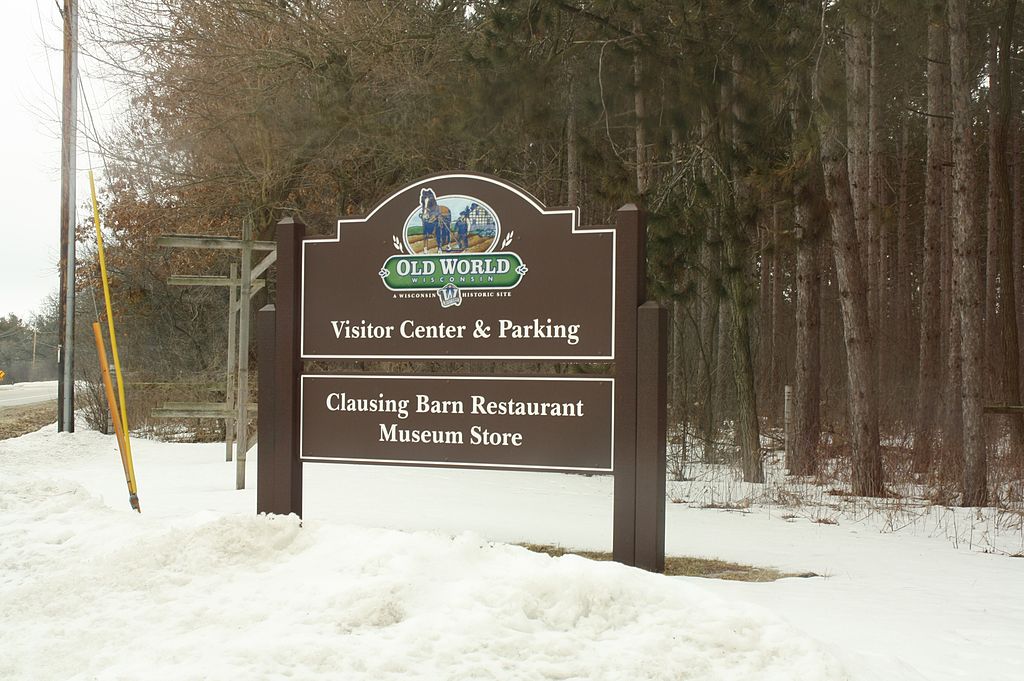
Yet the railroad legacy never fully disappeared. In Eagle, the old depot and rail line were preserved as part of the heritage village operated by Old World Wisconsin, a living history museum. Visitors today can see a representation of the past, complete with period train cars and architecture. In North Prairie, former rail beds have been converted into recreational trails that preserve the path of the trains while serving a new community function.
These trails are used for hiking, biking, and in winter, snowmobiling—activities that draw residents and tourists alike. The same paths that once carried milk cans and letters now echo with footsteps and laughter. The railroads may be gone, but their imprint remains visible in the layout, culture, and memory of these villages.

